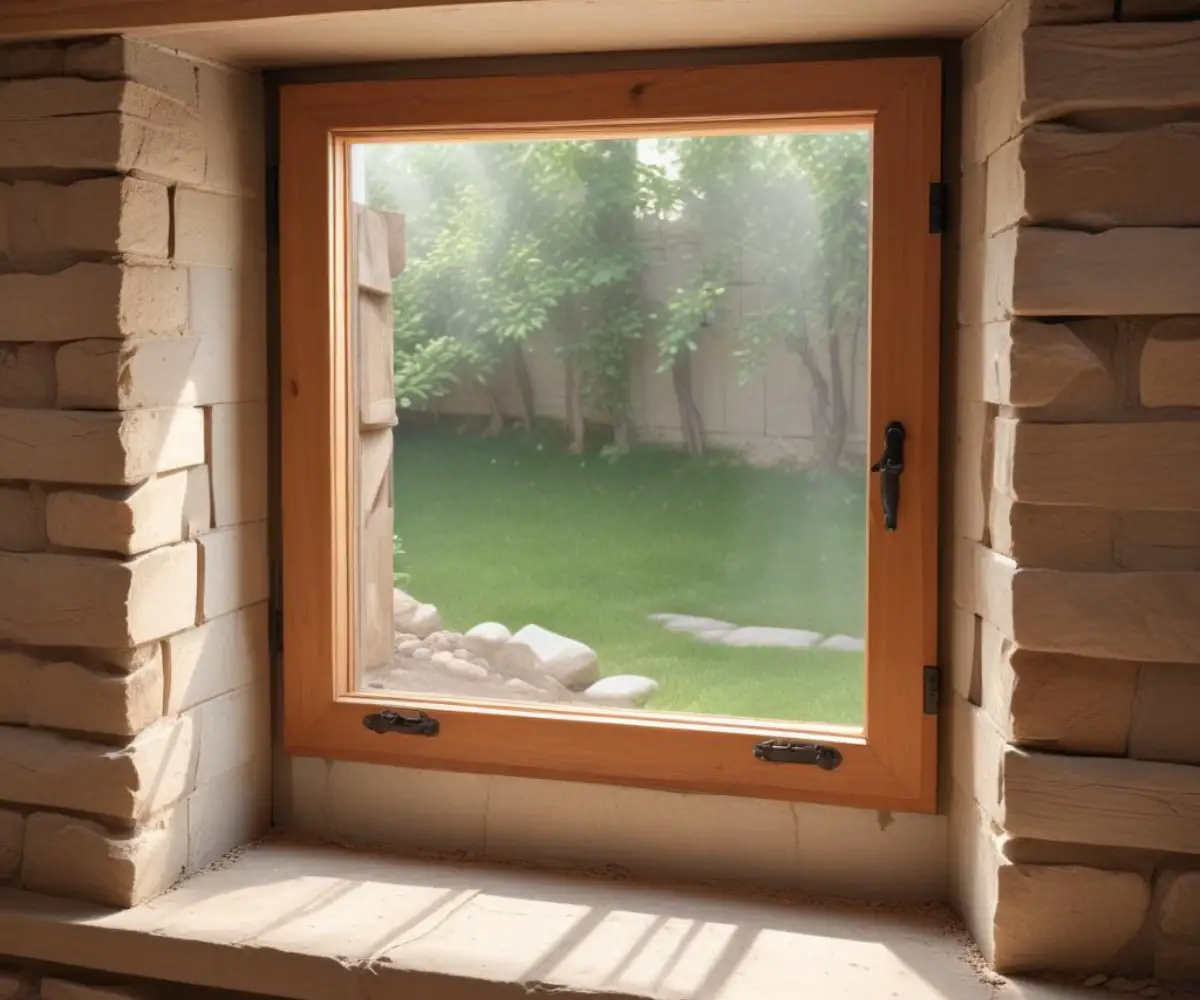Illinois Bedroom Requirements: Is Your Room a Legal Bedroom?
You’re listing your home for sale, converting a basement, or renting out a room. You call it a bedroom, but is it one legally? This question is a major source of confusion and stress for Illinois homeowners, landlords, and tenants alike.
An incorrectly labeled bedroom isn’t just a marketing mistake; it can lead to failed inspections, lower property appraisals, and significant safety hazards. Understanding the specific legal requirements in Illinois is crucial for compliance and, most importantly, for the safety of those living in the space.
You'll Learn About
Why Illinois Bedroom Codes Aren’t Just Suggestions
Building codes for bedrooms exist for one primary reason: life safety. In an emergency like a fire, specific standards for escape routes, room size, and smoke detection can mean the difference between life and death. These aren’t arbitrary rules designed to create headaches for property owners.
Beyond safety, these requirements directly impact your home’s value. Appraisers and real estate agents can only count rooms that meet legal criteria as official bedrooms. A “four-bedroom” house that only has three legal bedrooms will appraise for less, affecting your sale price or refinancing options.
The Core Four: Decoding Illinois’s Main Bedroom Requirements
While local ordinances can vary slightly, the State of Illinois and the International Residential Code (IRC), which most municipalities adopt, outline several key standards. Think of these as the non-negotiable elements every bedroom must have.
1. Minimum Square Footage: More Than Just Four Walls
A room must be large enough to be habitable. In Illinois, a bedroom must have a minimum of 70 square feet of floor area. This ensures adequate space for furniture and movement.
Furthermore, the room cannot be a long, narrow hallway. At least one horizontal dimension (length or width) must be a minimum of 7 feet. This prevents oddly shaped, unusable spaces from being classified as bedrooms.
2. Ceiling Height: The Critical Overhead Clearance
Ceiling height is another crucial factor for habitability. For a room to be a legal bedroom, at least half of the ceiling area must be a minimum of 7 feet high. Any portion of the ceiling under 5 feet does not count toward the minimum square footage.
This is particularly important in basements and attics, where low ceilings, beams, and ductwork can be an issue. If you’re struggling with a low basement ceiling, creative solutions are needed to meet this legal requirement before it can be considered a sleeping area.
3. Egress: Your Lifeline in an Emergency
This is arguably the most important safety requirement. Every bedroom must have at least two ways to exit: one door leading to the rest of the house and a second emergency escape route, which is typically a window. This egress window must meet strict criteria.
The window’s sill can be no more than 44 inches from the finished floor, making it accessible for an average person to climb out. The window must have a minimum net clear opening of 5.7 square feet—the actual open space when the window is fully open. The opening must be at least 24 inches high and 20 inches wide.

If the egress window is below ground level, as in a basement, it must open into a window well. This well must have a horizontal area of at least 9 square feet and be at least 36 inches deep. If the well is deeper than 44 inches, a permanent ladder or steps must be installed.
4. Light and Ventilation: Ensuring a Healthy Space
A bedroom needs adequate natural light and fresh air. The total glass area of the windows must be at least 8% of the room’s total floor area. The portion of the window that can be opened for ventilation must be at least 4% of the floor area.
This ensures the room is not dark and stuffy, contributing to a healthier living environment. A room with no windows, or only a small, sealed window, cannot legally be considered a bedroom.
Beyond the Basics: Overlooked Bedroom Requirements
While the “Core Four” are essential, other critical details are often missed. These elements are just as important for creating a safe and legally compliant bedroom.
Heating and Climate Control
A bedroom must be a habitable space, which means it needs a permanent heat source capable of maintaining a minimum temperature. A portable space heater does not count. The room must be connected to the home’s central heating system or have a permanently installed, code-compliant alternative.
Smoke and Carbon Monoxide Detectors
Illinois law is very specific about smoke and carbon monoxide alarms. A smoke alarm must be located inside every sleeping room and within 15 feet of every bedroom door. Alarms must also be present on every level of the home, including the basement.
Since 2023, any new smoke alarm installed must feature a 10-year sealed battery. Carbon monoxide alarms must also be installed within 15 feet of every bedroom. These devices are your first line of defense in an emergency.
Electrical and Access
A legal bedroom requires adequate electrical service, including switched lighting and properly spaced electrical outlets. There must be an entry door that provides privacy and direct access to a hallway or common area. A bedroom cannot be a room you must pass through to get to another primary part of the home.
Quick Reference: Illinois Bedroom Requirements
Use this table to quickly check if your room meets the primary legal standards for a bedroom in Illinois.
| Requirement | Specification | Common Issue |
|---|---|---|
| Minimum Floor Area | 70 square feet | Small dens or offices marketed as bedrooms. |
| Minimum Dimension | At least 7 feet in any horizontal direction | Long, narrow rooms that don’t allow for proper furniture placement. |
| Minimum Ceiling Height | 7 feet over at least 50% of the required floor area | Basement and attic conversions with low ceilings or extensive ductwork. |
| Egress Window (Sill Height) | No more than 44 inches from the floor | High basement windows that are impossible to reach in an emergency. |
| Egress Window (Opening) | Minimum 5.7 sq. ft. clear opening (24″ high, 20″ wide) | Windows that are too small or don’t open wide enough. |
| Heating | Permanent, controllable heat source | Unheated sunrooms or converted porches listed as bedrooms. |
| Smoke/CO Detectors | Required inside and within 15 ft. of the bedroom | Missing or outdated detectors that are not compliant with current law. |
Common Traps and Misconceptions
Many homeowners fall into common traps when defining a bedroom. Understanding these can save you time, money, and legal trouble.
The “Bonus Room” vs. The Legal Bedroom
Just because a bed fits in a room doesn’t make it a bedroom. Offices, dens, and “bonus rooms” cannot be legally marketed as bedrooms unless they meet all the criteria, especially the egress window requirement. Misrepresenting a room can lead to serious issues during a real estate transaction.
The Myth of the Closet
Contrary to popular belief, a closet is not a legal requirement for a bedroom in Illinois. While homebuyers certainly expect a closet, its absence does not legally disqualify a room from being a bedroom, provided it meets all other standards. This is a common holdover from older homes where wardrobes were used instead of built-in closets.
Basement Bedrooms: A Special Case
Converting a basement into a bedroom is one of the most common areas where compliance issues arise. Because they are below grade, basement bedrooms face stricter scrutiny, particularly for egress. The window and window well requirements are non-negotiable for safety.
A Homeowner’s Compliance Checklist
Feeling overwhelmed? Use this simple checklist to perform a self-audit of any potential bedroom in your home.
Step 1: Measure Everything
Get a tape measure. Check the room’s square footage, its shortest wall dimension, and the ceiling height in multiple places. Measure the egress window’s clear opening (width and height) and the distance from the floor to the sill.
Step 2: Test All Safety Features
Ensure the egress window opens easily without special tools or excessive force. Test all smoke and carbon monoxide detectors. Check for a permanent heat source and make sure it is functioning correctly.
Step 3: Call in the Experts
If you are planning a renovation to create a legal bedroom, consult a qualified contractor and your local building department. Creating a new bedroom is not a simple DIY project; it often requires permits and inspections to ensure it’s done safely and to code. For example, knowing if breakers need to be installed for a rough inspection is critical for passing the electrical phase of your project.
Compliance Isn’t a Burden—It’s a Benefit
Meeting Illinois’s bedroom requirements does more than just keep you on the right side of the law. It protects your family, maximizes your home’s value, and ensures your property is safe and marketable. By understanding and adhering to these critical standards, you invest in both the safety and financial future of your home.

